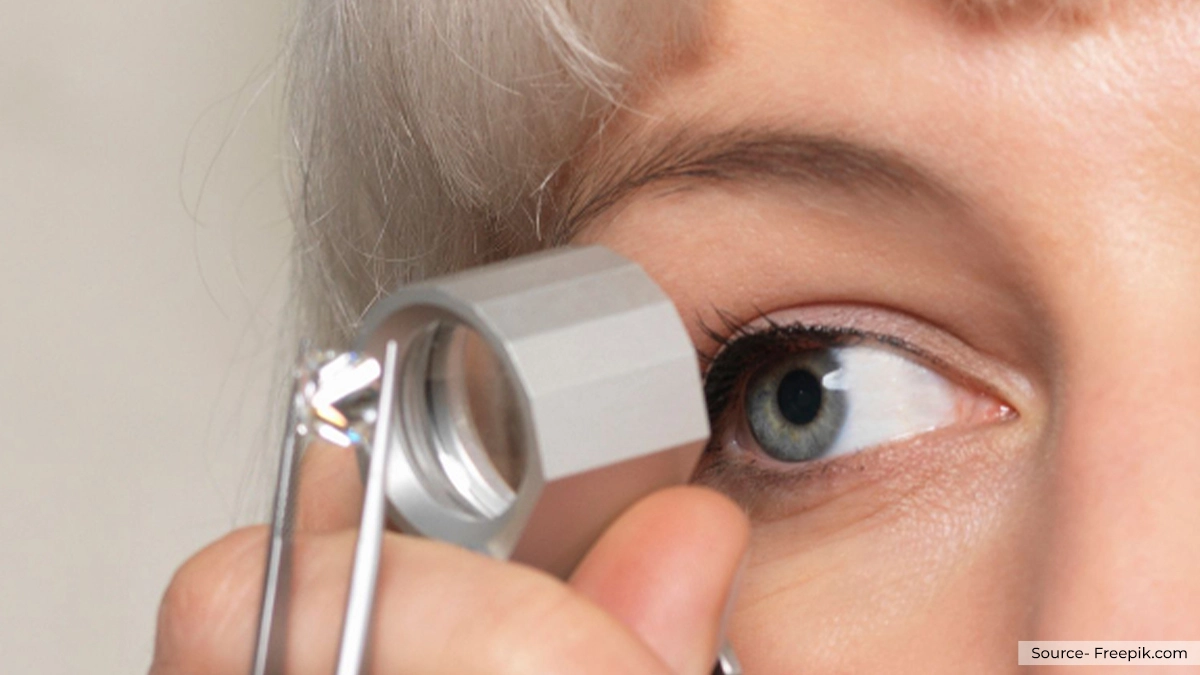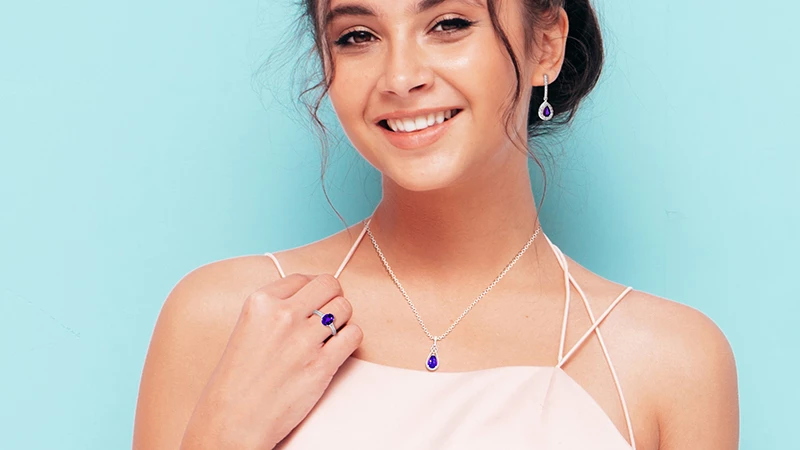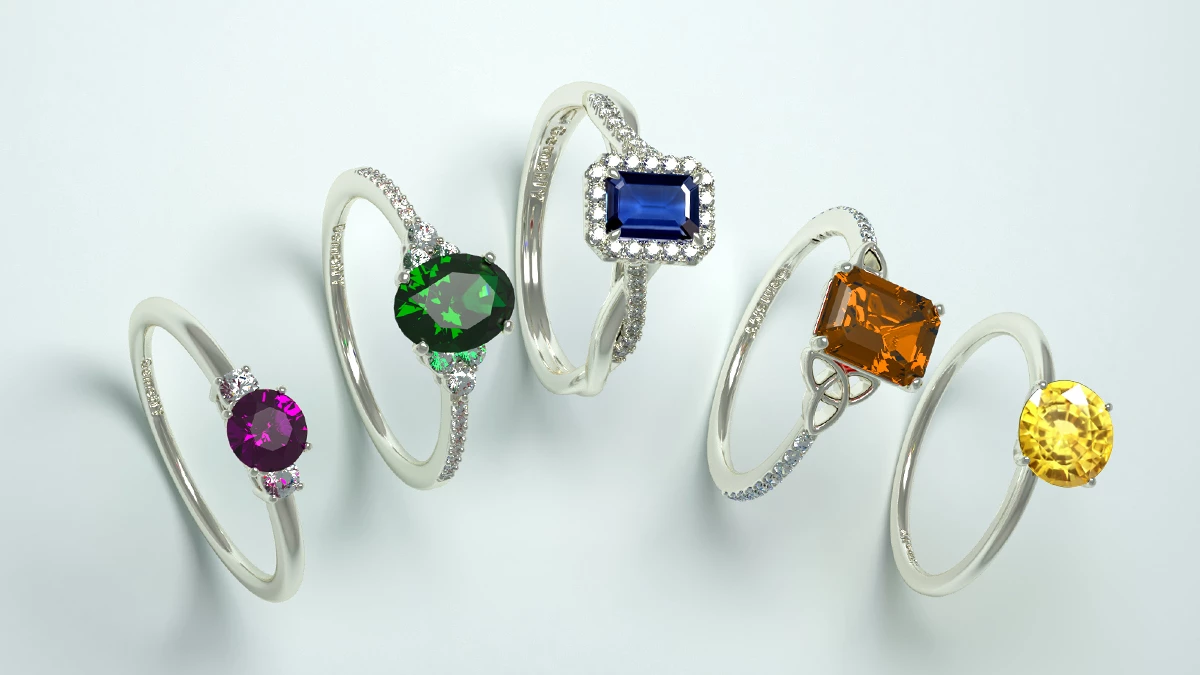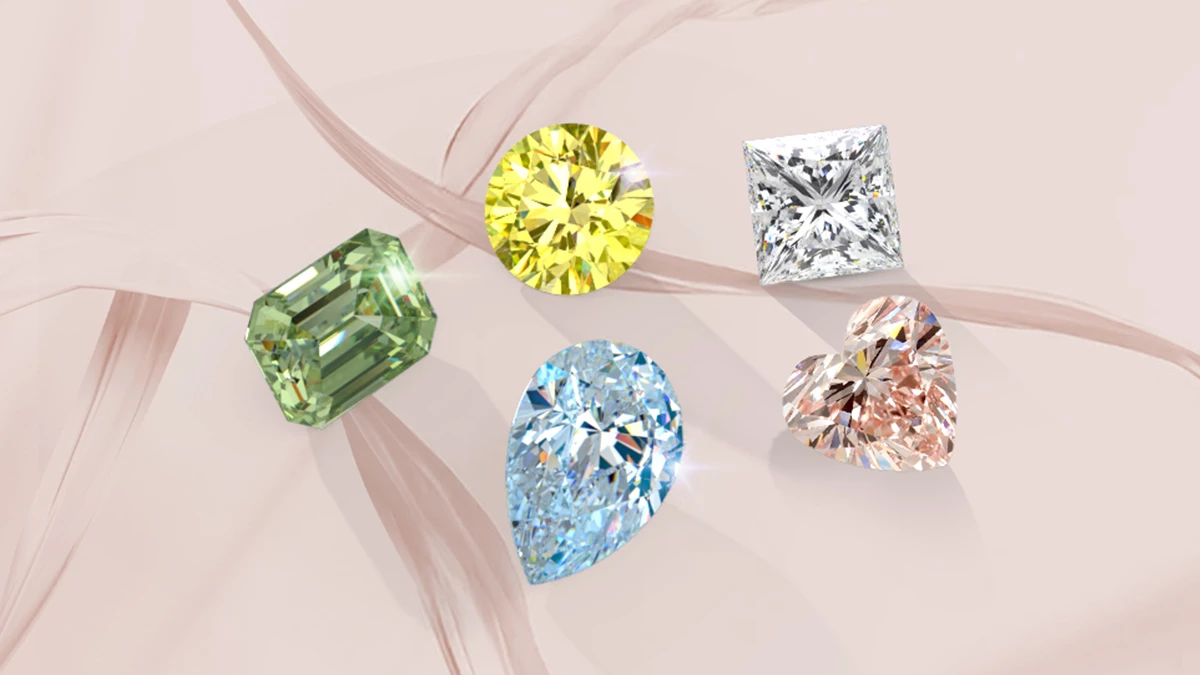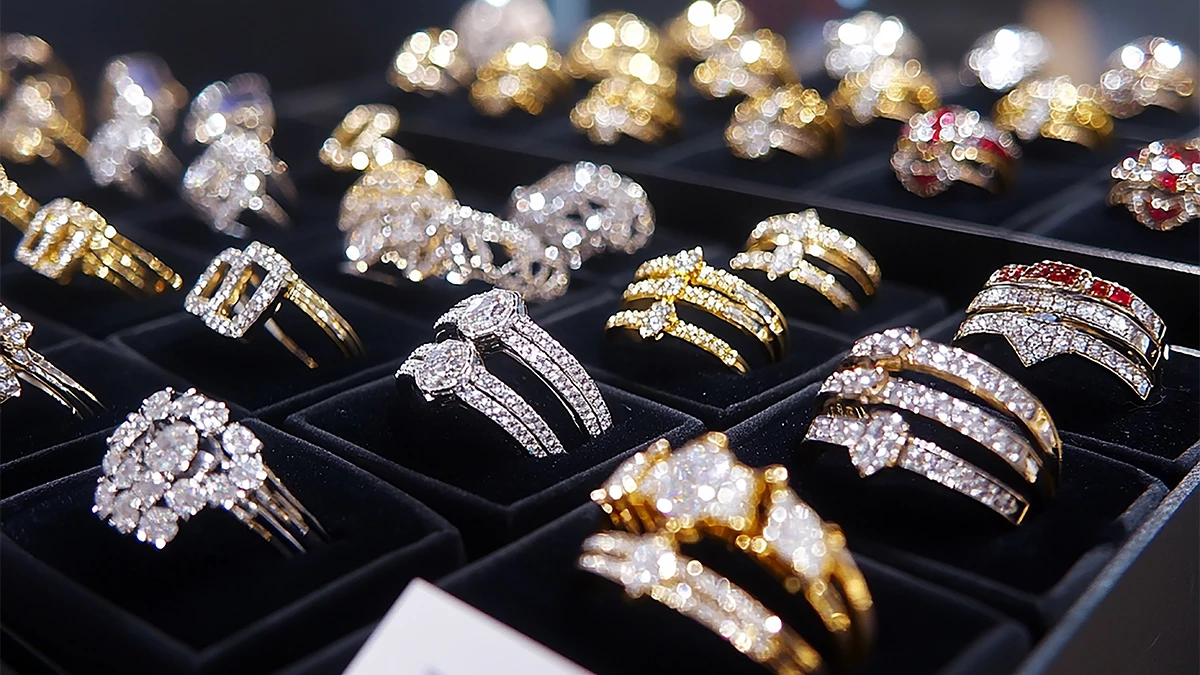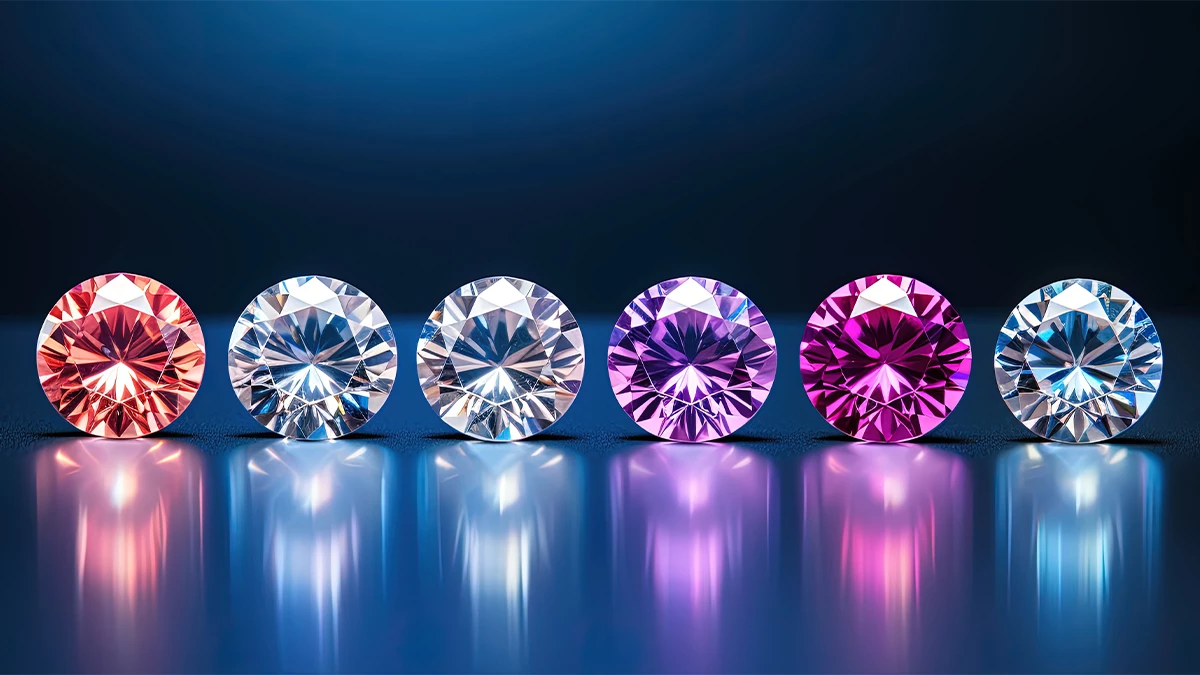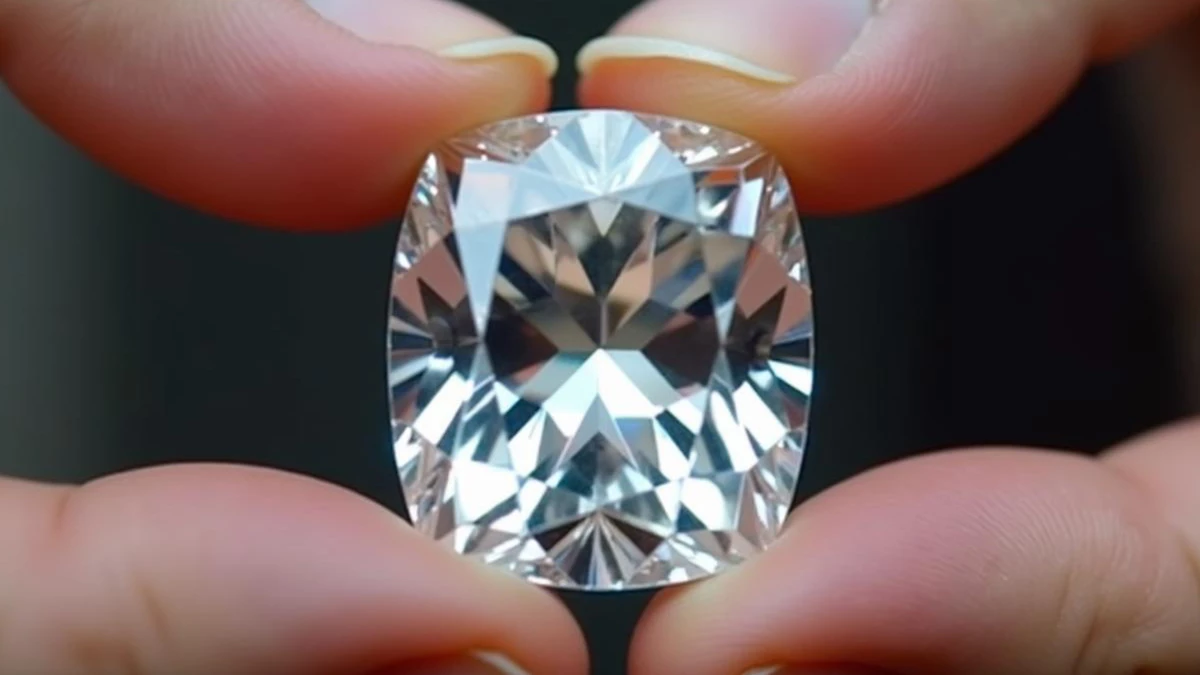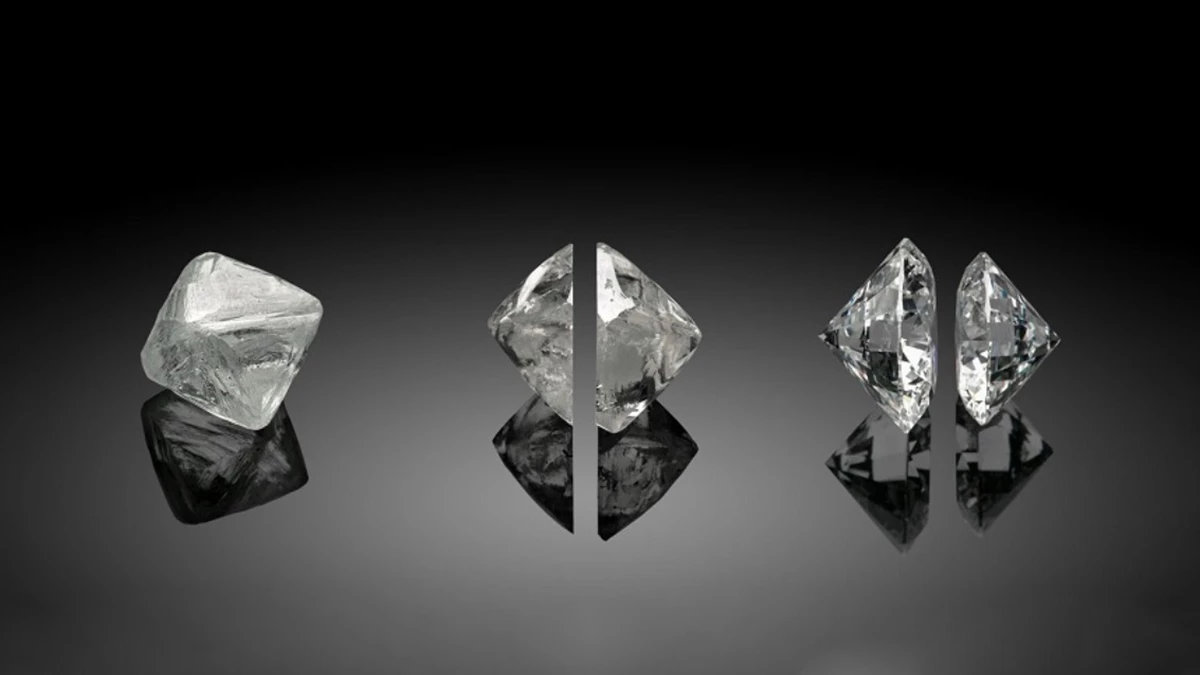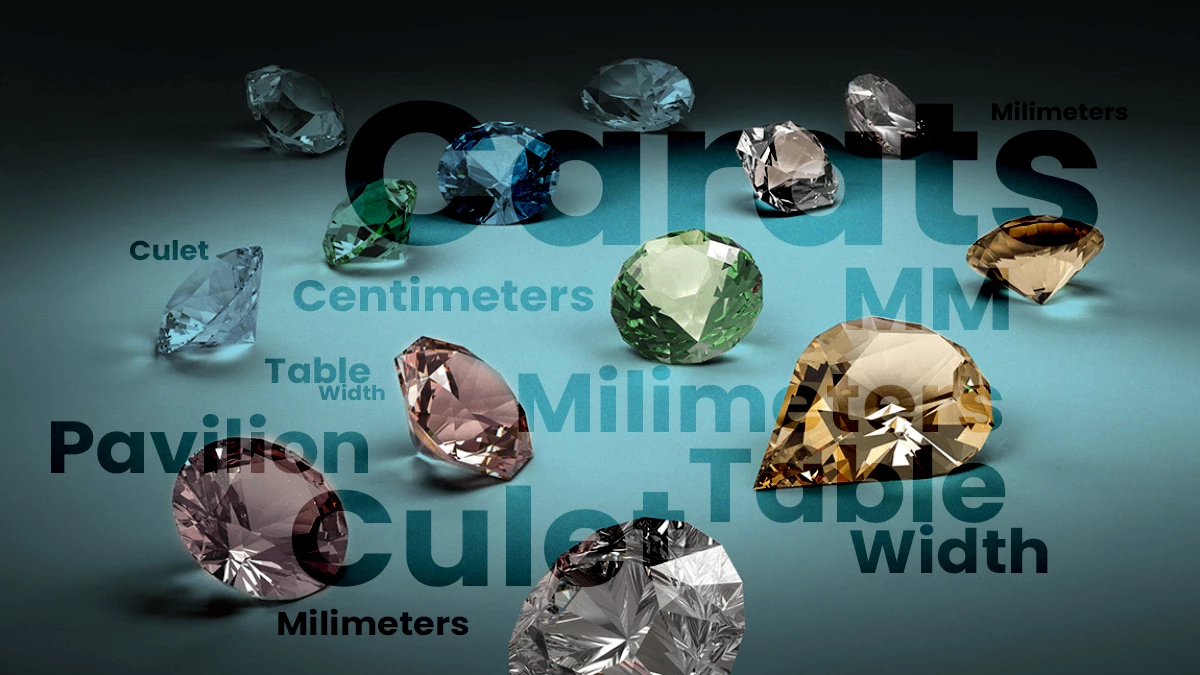Diamonds are among the most cherished and sought-after gemstones in the world. Their rarity, brilliance, and enduring beauty make them a symbol of luxury and elegance. When purchasing a diamond, it is essential to understand its quality and value. This is where the 4Cs of diamonds come into the picture. The 4Cs—cut, color, clarity, and carat weight—are the universal standards used to assess and evaluate the quality of a diamond. In this article, we will explore each and every aspect of the 4Cs, explain their significance, and how they contribute to a diamond’s overall quality and value.
1. Cut
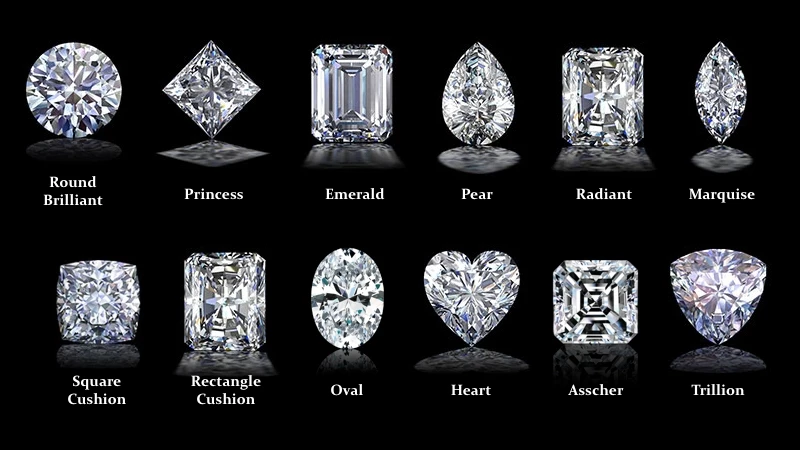
The cut of a diamond refers to its proportions, symmetry, and finish. It is considered the most crucial factor in determining a diamond’s beauty and brilliance. A well-cut diamond reflects light internally and externally, creating exceptional sparkle and fire. The Gemological Institute of America (GIA) grades diamond cuts on a scale ranging from Excellent to Poor. The various cut grades include Excellent, Very Good, Good, Fair and Poor. To maximize a diamond’s brilliance, it is recommended to choose a cut graded Excellent or Very Good.
2. Color

Diamonds come in a range of colors, from colorless to shades of yellow or brown. The GIA color grading scale ranges from D (colorless) to Z (light yellow or brown). Colorless diamonds are the most valuable and desirable, as they allow maximum light to pass through, enhancing the diamond’s brilliance. As you move down the color scale, the diamond’s hue becomes more noticeable. However, it is important to note that colored diamonds, such as blue, pink, or yellow, have a different color grading system.
3. Clarity

Diamond clarity is an essential characteristic that evaluates the absence of internal and external flaws, known as inclusions and blemishes, respectively. These imperfections are formed during the diamond’s natural growth process and can affect its appearance and value. The Gemological Institute of America (GIA), one of the most reputable diamond grading laboratories, has established a grading scale for diamond clarity. This scale consists of several grades that indicate the level of clarity and visibility of these imperfections. Let’s explore the different clarity grades of diamonds.
a. Flawless (FL) and Internally Flawless (IF)
Flawless diamonds have no visible inclusions or blemishes when viewed under 10x magnification. They are extremely rare and command the highest prices. Internally flawless diamonds, on the other hand, have no internal inclusions visible under 10x magnification but may have minor surface blemishes. These diamonds are also highly sought after and exhibit exceptional clarity.
b. Very, Very Slightly Included (VVS1 and VVS2)
Diamonds in the VVS clarity range have inclusions that are extremely difficult to detect even under 10x magnification. VVS1 diamonds have inclusions that are extremely minor and located near the surface, while VVS2 diamonds have slightly more noticeable inclusions but are still challenging to detect. Both VVS1 and VVS2 diamonds offer excellent clarity and are highly valued.
c. Very Slightly Included (VS1 and VS2)
VS diamonds have inclusions that are visible under 10x magnification but are typically not visible to the naked eye. VS1 diamonds have minor inclusions that are relatively easy to locate, while VS2 diamonds have slightly more noticeable inclusions. Both VS1 and VS2 diamonds offer good clarity and represent a great balance between quality and value.
d. Slightly Included (SI1 and SI2)
Diamonds in the SI clarity range have inclusions that are noticeable under 10x magnification and may be visible to the naked eye. SI1 diamonds have inclusions that are usually easily visible under magnification, while SI2 diamonds have more noticeable inclusions that may be visible without magnification. It’s important to note that the visibility and impact of inclusions can vary within the SI clarity range, so it’s advisable to examine the diamond’s specific characteristics before making a purchase.
e. Included (I1, I2, and I3)
Included diamonds have inclusions that are visible to the naked eye, often affecting the diamond’s transparency and overall appearance. I1 diamonds have inclusions that are easily visible to the naked eye, while I2 and I3 diamonds have even more prominent and numerous inclusions. Diamonds in the included clarity range are generally more affordable but may have compromised brilliance and beauty due to the visible inclusions.
4. Carat Weight
Carat weight is a measure of a diamond’s size and weight. One carat is equivalent to 200 milligrams. Larger diamonds are rarer and more valuable, which often increases their price exponentially. However, it is important to note that carat weight alone does not determine a diamond’s value. The other 3Cs (cut, color, and clarity) also significantly impact a diamond’s desirability and price. It is crucial to strike a balance between carat weight and the other factors to find a diamond that meets your preferences and budget.
Conclusion
Understanding the 4Cs of diamonds is essential when purchasing a diamond. The cut, color, clarity, and carat weight collectively determine a diamond’s beauty, quality and value. By familiarizing yourself with these factors, you can make an informed decision and select a diamond that aligns with your preferences and budget. Remember, each of the 4Cs influences the diamond’s appearance, so it’s important to strike a balance based on your personal preferences and priorities, such as your budget and purpose of purchasing a diamond. Whether you’re shopping for an engagement ring or any other diamond jewelry, the knowledge of the 4Cs will empower you to make a wise and confident purchase.
If you are looking for a loose diamond that is ethically obtained and suits your requirements, you can get it from GemsNY. Our upcoming sales are loaded with attractive discounts. You can also get a delightful deal on your chosen diamond.
